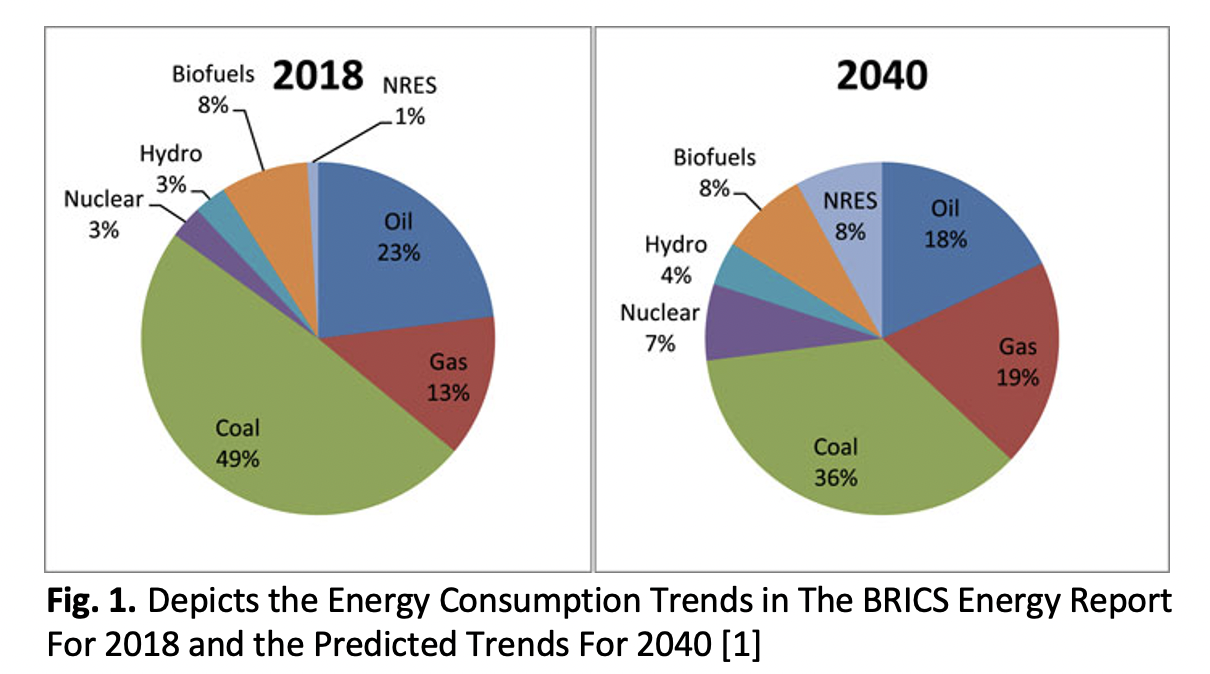Formulation of Catalytic Deep Eutectic Solvent for H2S Oxidative Absorption at Ambient Condition with Assistance of Cosmo-Rs
DOI:
https://doi.org/10.37934/araset.39.1.192205Keywords:
Catalytic Deep Eutectic Solvent, Direct conversion, Hydrogen sulfide, Sulfur, Transition metalAbstract
H2S is very well known for its toxicity, corrosivity, flammability and explosiveness which in overall lead to operational difficulty. Hence, raising the need for H2S sweetening process. However, the current conventional sweetening process is very energy intensive besides suffer from catalyst deactivation issue. Therefore, raising the need for more environmentally and economical friendly approach such as utilizing green solvent like deep eutectic solvent. Thus, the objective of this research is to determine the best combination of HBD and HBA components for catalytic DESs to convert H2S at room temperature. The study utilized COSMO-RS computational to assist in selecting the appropriate components, synthesized and characterized the chosen catalytic DES, and performed oxidative absorption of H2S using the selected DES. Initially, the solubility and selectivity performance of various HBD and HBA were evaluated, and the components with the best performance were combined with CuCl2.2H2O to form catalytic DES. The synthesized catalytic DES was characterized using FTIR and tested for its oxidation absorption capability. Based on the COSMO-RS screening, 1-butyl-3-methylimidazoilum chloride [bmim][Cl] and ethylene glycol [EG] were determined to be the best HBD and HBA, respectively. The catalytic DES formed from these components was homogeneous and brown in colour. The results of oxidative absorption showed that the catalytic DES rapidly produced a yellow precipitate, which was later confirmed to be sulphur. The study concludes that COSMO-RS computational can be used to formulate DESs for H2S oxidative absorption, and catalytic DES maintained its properties before and after H2S oxidation. The research also suggests that oxidative absorption of H2S to sulphur using catalytic DESs is a feasible and rapid.
Downloads




























